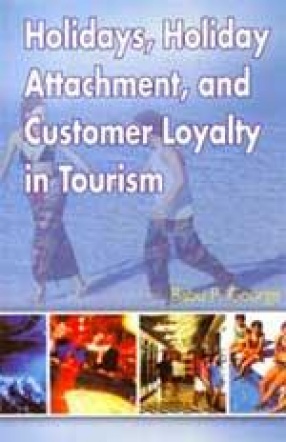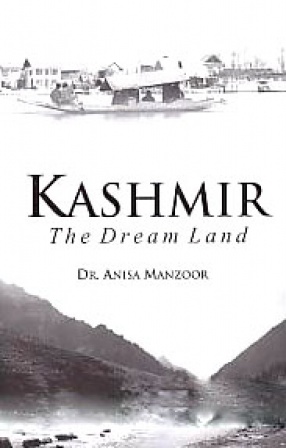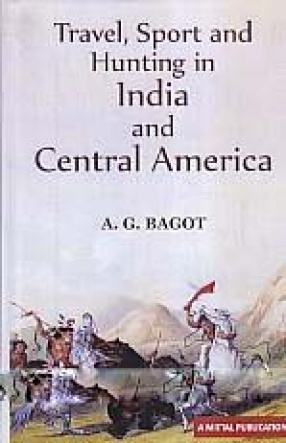Given that it is not the individual components constituting a holiday in isolation or in additive relationship that determines tourists’ sense of contentment with that holiday, the absence of an instrument to capture the effect of the holiday experience in its entirety is but strange. Beginning with a brief inventorying of the current approaches to the measurement of tourists’ sense of connectedness to the diverse components of holidays, the present paper attempts to develop a more holistic instrument, “Holiday Attachmentâ€, which can comprehensively measure tourists’ attachment with the composite holiday experience. The holiday attachment scale has successfully gone through essential tests of validity and reliability. Holiday attachment is a 3-dimensional scale, its components being “Holiday Utilityâ€, “Holiday Identityâ€, and “Holiday Contextualityâ€. Holiday utility is operationalized in terms of how the current holiday compares with alternatives in satisfying the activity level needs of tourists or its ability to facilitate behaviour stemming from such needs. Holiday identity implies affective or emotional attachment to a holiday and is operationalized in terms of a combination of attitudes, values, thoughts, beliefs, meanings, and interpretations that tourists associate with a certain holiday and the behavioural tendencies stemming from these. Holiday contextuality refers to something that increases one’s interest towards the holiday due to contextual particularities. It is may be thought of as those features of a meta-holiday, which influence the selection of a holiday, but do not form bases for the immediate holiday experience itself. There is something common to holiday utility and holiday contextuality. Broadly, these two together form the materialistic feature of the holiday experience and is jointly named as “Holiday Dependenceâ€. It was hypothesized that holiday attachment could be significantly predictive of tourist’s loyalty towards a holiday: Higher the holiday attachment, higher the holiday loyalty and vice versa. However, tourists’ novelty seeking could considerably moderate this main effect. Analyzing at the components’ level, it was posited that, though each of the dimensions of holiday attachment could have a direct effect upon tourist loyalty, once holiday identity is sufficiently developed, the direct effect of the other two dimensions significantly vanishes. In other words, holiday identity mediates the relationship between holiday dependence (holiday utility plus holiday contextuality) and tourists’ loyalty towards the holiday. These conjectures were supported by the empirical investigation. In addition, it was detected that the moderating effect of novelty seeking is no longer significant, once holiday identity is suitably developed.
Holidays, Holiday Attachment, and Customer Loyalty in Tourism
In stock
Free & Quick Delivery Worldwide
reviews
Bibliographic information
Title
Holidays, Holiday Attachment, and Customer Loyalty in Tourism
Author
Edition
1st ed.
Publisher
ISBN
8188683582
Length
x+149p., Figures; Tables; Bibliography; Appendices; Index; 22cm.
Subjects






There are no reviews yet.